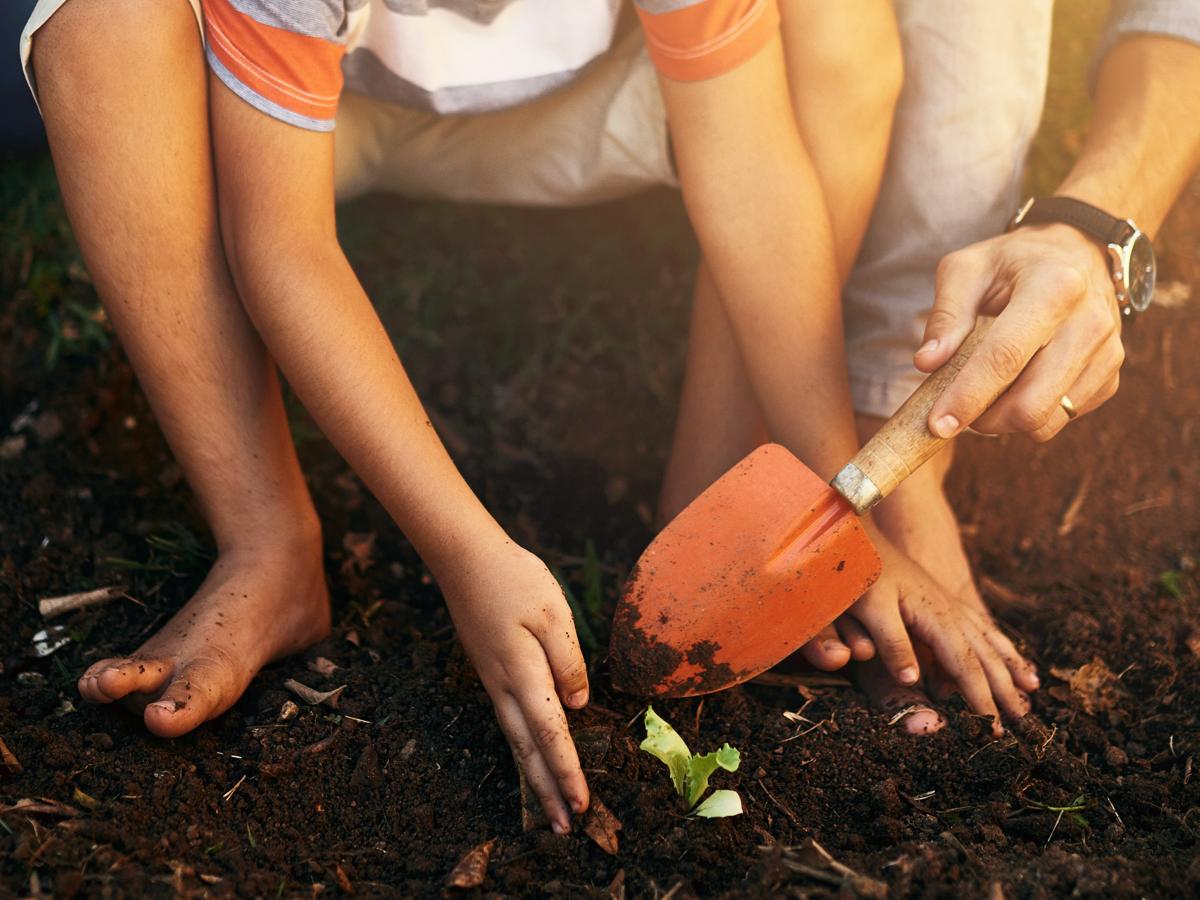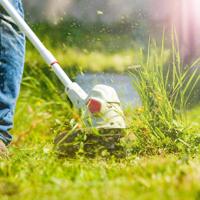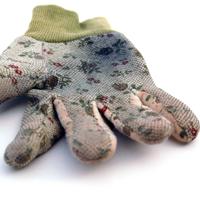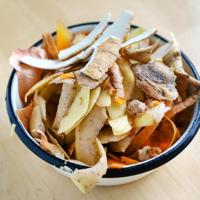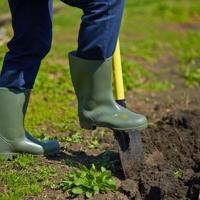Engaging children in gardening can be a wonderful way to teach them about nature, responsibility, and patience. Providing them with suitable gardening tools can enhance their experience and make it more enjoyable. When selecting gardening tools for children, it’s important to consider their size, safety, and ease of use. In this article, we’ll explore various tools that can be suitable for young gardeners.
Finding the Right Tools
Children are naturally curious and eager to get their hands dirty. However, using adult-sized tools might not be the safest option for them. This is why choosing tools specifically designed for children can make a world of difference.
1. Trowels and Hand Forks
Small hand tools such as trowels and hand forks are often designed with shorter handles and lighter weights to make them manageable for young hands. These tools can help children with planting, digging, and weeding in a safe manner.
Consider trowels and forks that have brightly colored handles, which can be visually appealing and help them distinguish their tools from others in a shared gardening space.
2. Watering Cans
Watering cans designed for children usually have a smaller capacity, making them easier to carry and pour. Look for cans with a removable rose (the part that disperses the water), as this can provide a gentle spray that’s ideal for delicate seedlings and new plants.
Having their own watering can can encourage kids to regularly water the plants they are caring for, teaching them about consistency and growth.
3. Gloves
Gloves are a crucial part of gardening attire, protecting hands from dirt, thorns, and bugs. Children’s gardening gloves are generally made of soft, durable materials and are sized to fit smaller hands comfortably. They often come with fun patterns or themes, making them more inviting for kids to wear.
4. Pruners and Scissors
Some gardening tasks might require cutting, for which small, blunt-tipped pruners or child-safe scissors are recommended. These should be used under adult supervision as they still pose a level of risk. Teaching children the importance of safe tool use is a valuable lesson that extends beyond the garden.
5. Gardening Sets
There are various gardening kits available that are specifically tailored for children. These sets often include a range of basic tools, such as a trowel, fork, and a rake, along with seeds or a planting guide, which can be a perfect start for budding gardeners.
6. Wheelbarrows
Miniature wheelbarrows can be a delightful addition to a child’s set of gardening tools. These are typically made of lightweight plastic or metal and are great for transporting soil, plants, or harvest. They help children develop a sense of responsibility and teamwork when working in a shared garden.
Safety First
When providing gardening tools for children, safety should always be the priority. Ensure that tools are made of non-toxic materials and are free from sharp edges. It’s wise to keep a first-aid kit nearby just in case of minor scrapes or cuts.
Getting Started
Introducing children to gardening doesn’t require a large budget or extensive tools. Sometimes, simple tools coupled with creativity and enthusiasm are enough to spark their interest. Start small, perhaps with a designated patch in your garden or a few pots, and allow their passion to develop naturally.
Incorporating educational elements, such as explaining how plants grow or the importance of pollinators, can also enrich their gardening experience. Creating a journal to document their gardening journey can be a rewarding project that helps them reflect and learn.
Ultimately, sharing your love for gardening with children can be a deeply rewarding experience for both of you. It can provide lasting memories and life skills that they’ll carry into adulthood.
Whether you choose a brightly colored trowel or a carefully curated kit, remember that the most important thing is nurturing a willingness to learn and explore. Gardening can become more than just a hobby; it can be a way to connect with nature and with each other.
